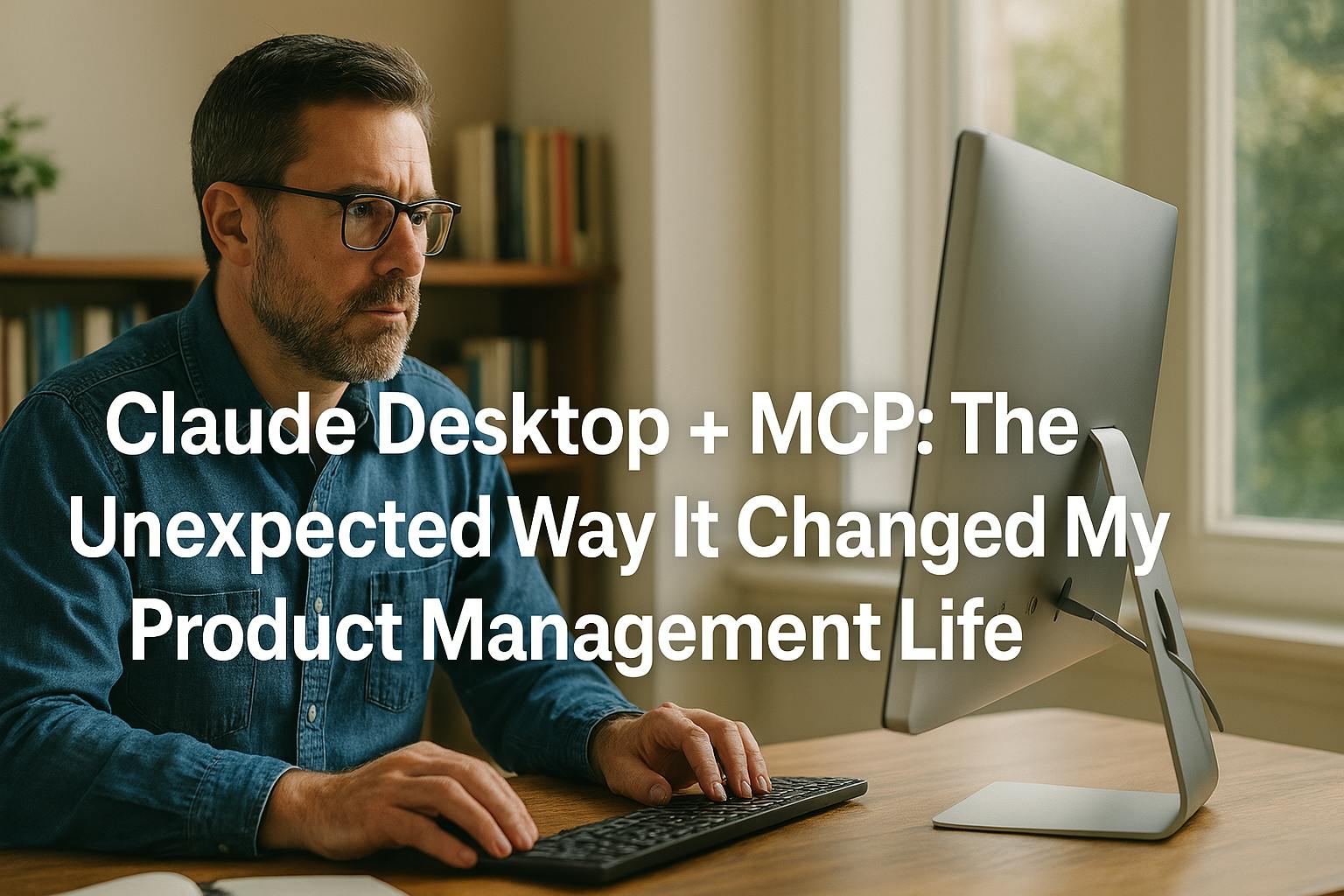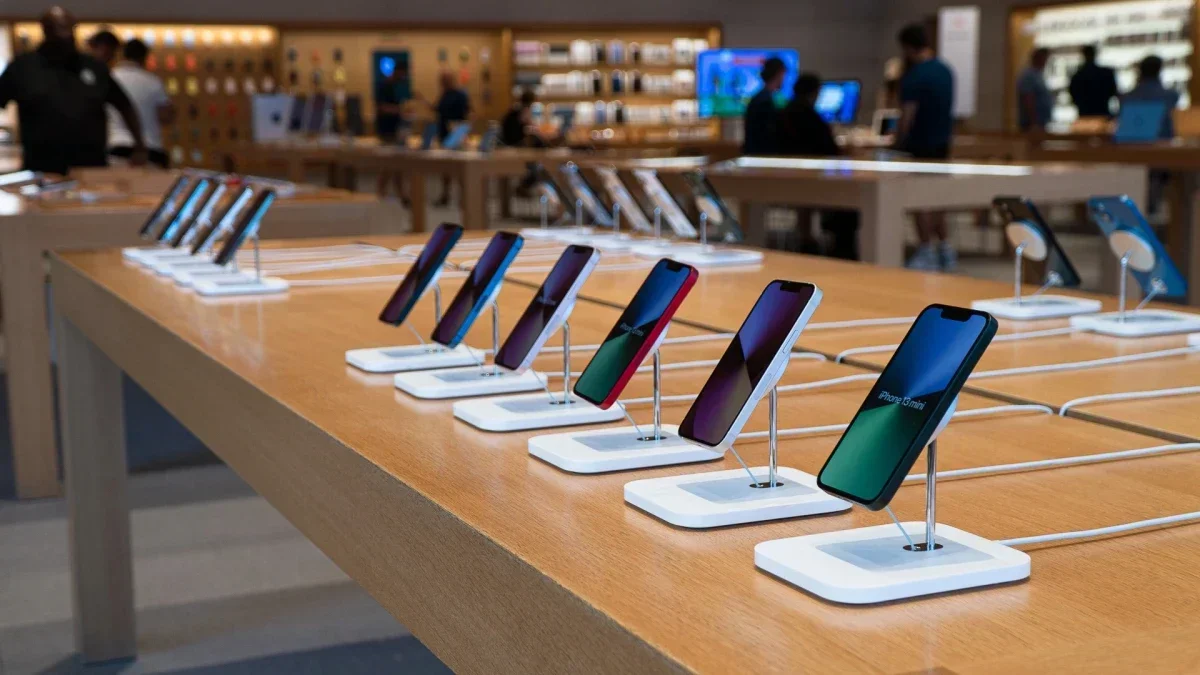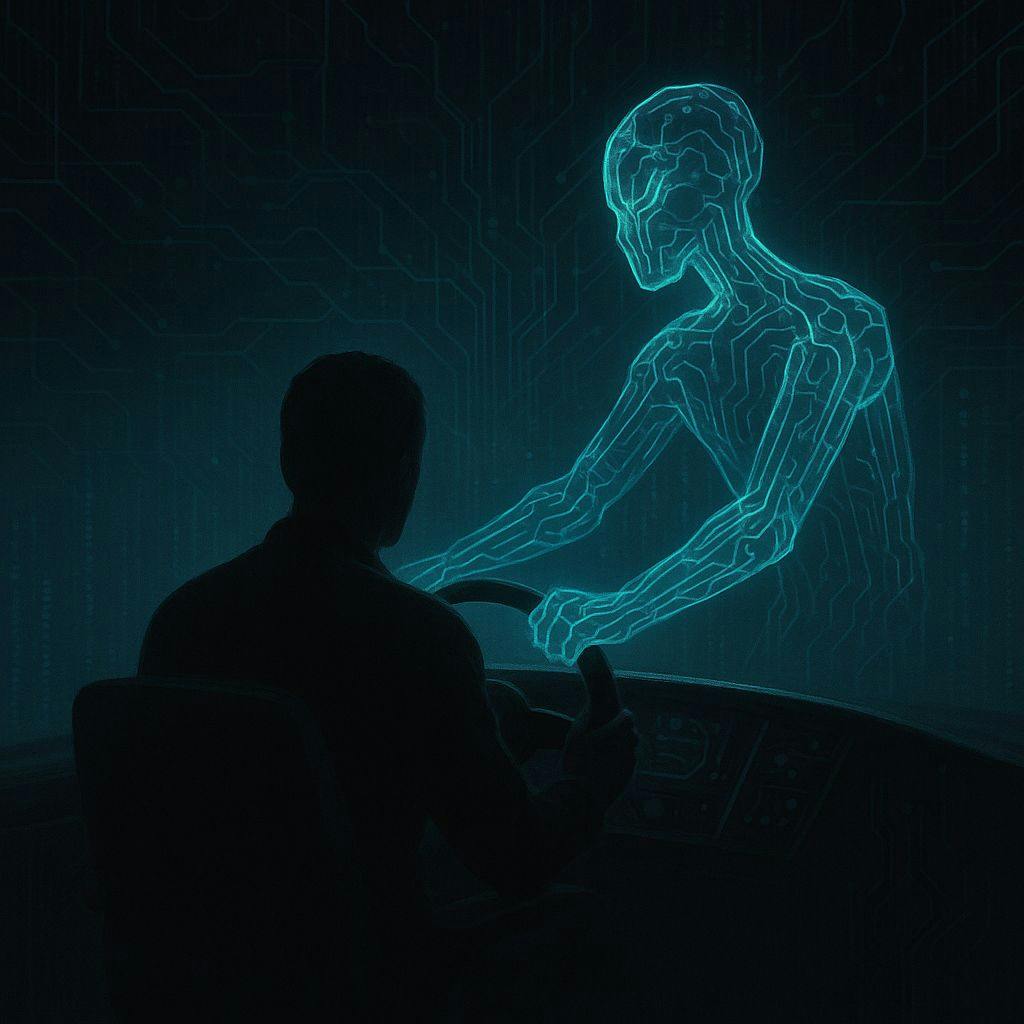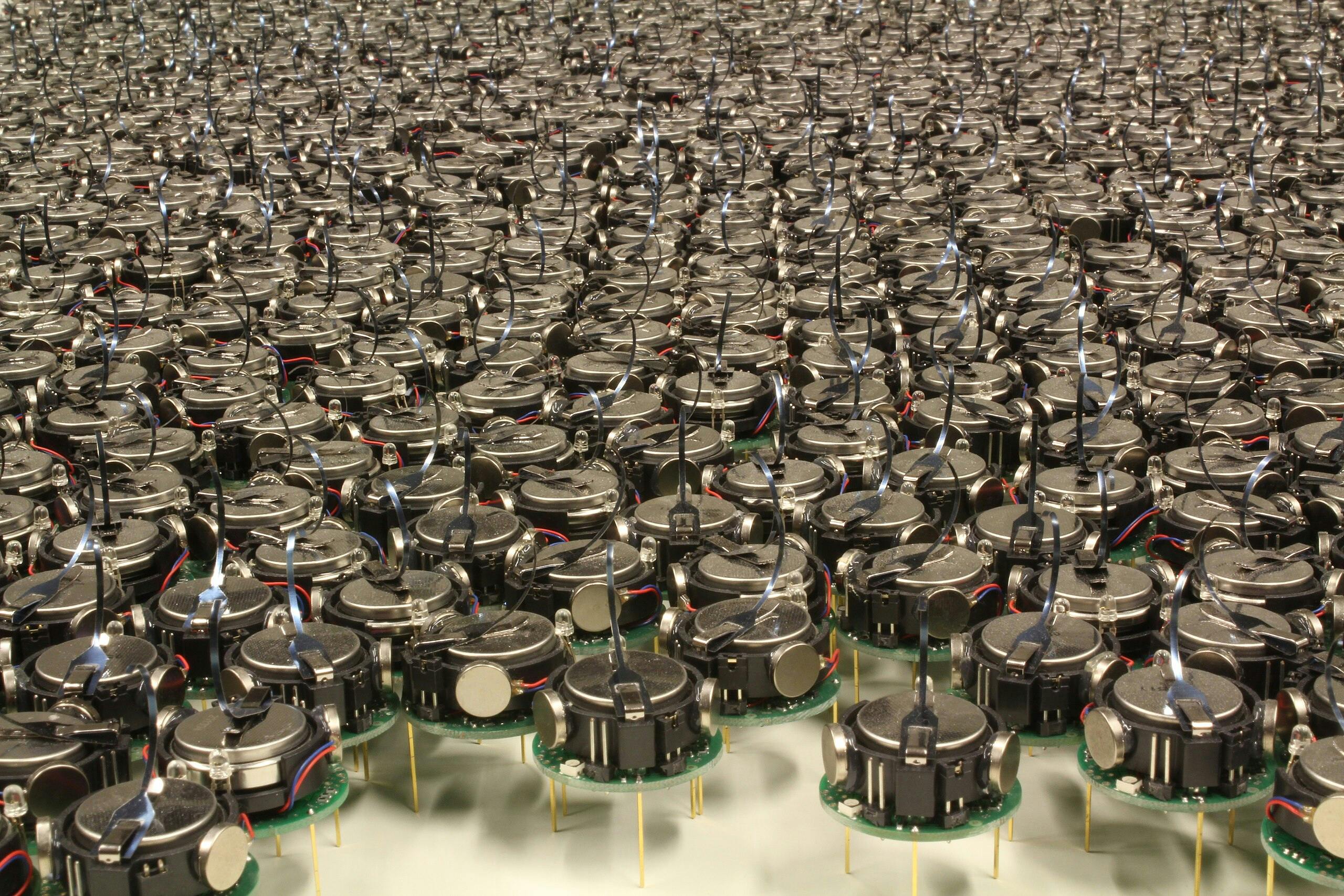I never thought I’d write one of those “this tool changed everything” posts. They usually feel… overblown? But here I am, because the shift in my work has been real enough that colleagues have started asking what I’m doing differently.
It wasn’t some dramatic moment. No lightbulb. Just a gradual realization that my relationship with information had fundamentally changed after adding Claude Desktop with MCP to my workflow.
Like most PMs, I’d gotten used to the constant whiplash of switching between tools all day. Research tabs everywhere. Docs scattered across drives. Endless Slack threads. Analytics dashboards. It was just “how things are,” right? The tax we pay for working at the intersection of users, business, and tech.
What I didn’t fully appreciate until Claude Desktop was just how much mental bandwidth this fragmentation was costing me. The constant refresh of context. The nagging worry about insights falling through cracks. The energy spent managing tools instead of solving problems.
If you’re in product, you’ll recognize the feeling – we’re synthesis machines trapped in fragmented digital workspaces. What changed things for me was having these MCP capabilities all working together:
The search tools (tavily-search and fetch) eliminated my tab chaos. Instead of 30+ browser windows, I could pull exactly what I needed and trust it would be there when needed again.
The file tools (directory_tree and search_files) gave me a structured way to organize product knowledge without having to remember where everything lived.
Web automation with puppeteer tools meant I could stop doing repetitive competitor checks manually.
But honestly? The sequentialthinking tool was the game-changer. Having a space to work through complex decisions step by step, with the ability to revise thinking and branch into different scenarios – that’s when I realized this wasn’t just another productivity tool.
Real stuff I’ve done (still kinda amazed)
Two recent projects showed me just how different this approach is:
I had to analyze a competitor’s enterprise search product. Not just feature-comparison stuff, but truly understanding what was happening under the hood. Using Claude’s research capabilities, I built a shockingly detailed 45-page analysis that uncovered the specific signals and parameters they were likely using in their algorithm. It pulled from tons of sources across the internet, found patterns I might have missed, and synthesized it all into something coherent.
Another time, a friend was in a desperate time crunch for a marketing campaign. Everything from strategy to all the campaign assets needed to be created ASAP. I helped by having Claude develop a complete marketing plan with all the artifacts – LinkedIn posts, email sequences, landing page content, even conference booth materials. We did in 3 HOURS what would have taken weeks otherwise. My friend was floored.
The human stuff – what really surprised me
The productivity gains were expected (and welcome!). What I didn’t anticipate was how this would change my thinking quality.
When your brain isn’t constantly task-switching and managing information overload, you start noticing things. I’ve found myself having deeper empathy for users because I’m actually present in conversations instead of frantically taking notes. I’m seeing connections between feedback that previously would have lived in separate tools and mental spaces.
And my decision quality? It’s just better. Not because the AI is making decisions (it’s not), but because I have the mental space to consider more angles and explore implications more fully.
Some days I catch myself getting to the end of a complex work session and realizing I haven’t once felt that scattered, overwhelmed feeling that used to be my constant companion. That’s when it hit me how much energy I’d been spending just managing information rather than thinking about it.
This isn’t about AI replacing product thinking. It’s about removing the friction that has been getting in the way of our best product thinking. The context switching. The tool juggling. The constant fear of missing important connections.
I still have so much to learn about integrating these tools into my workflow. But I’m never going back to the fragmented digital workspace I accepted for years. The mental clarity is too valuable.
Curious—has anyone else found a tool or approach that changed the way you think, not just how fast you work? Drop your story below—I’d love to compare notes.











